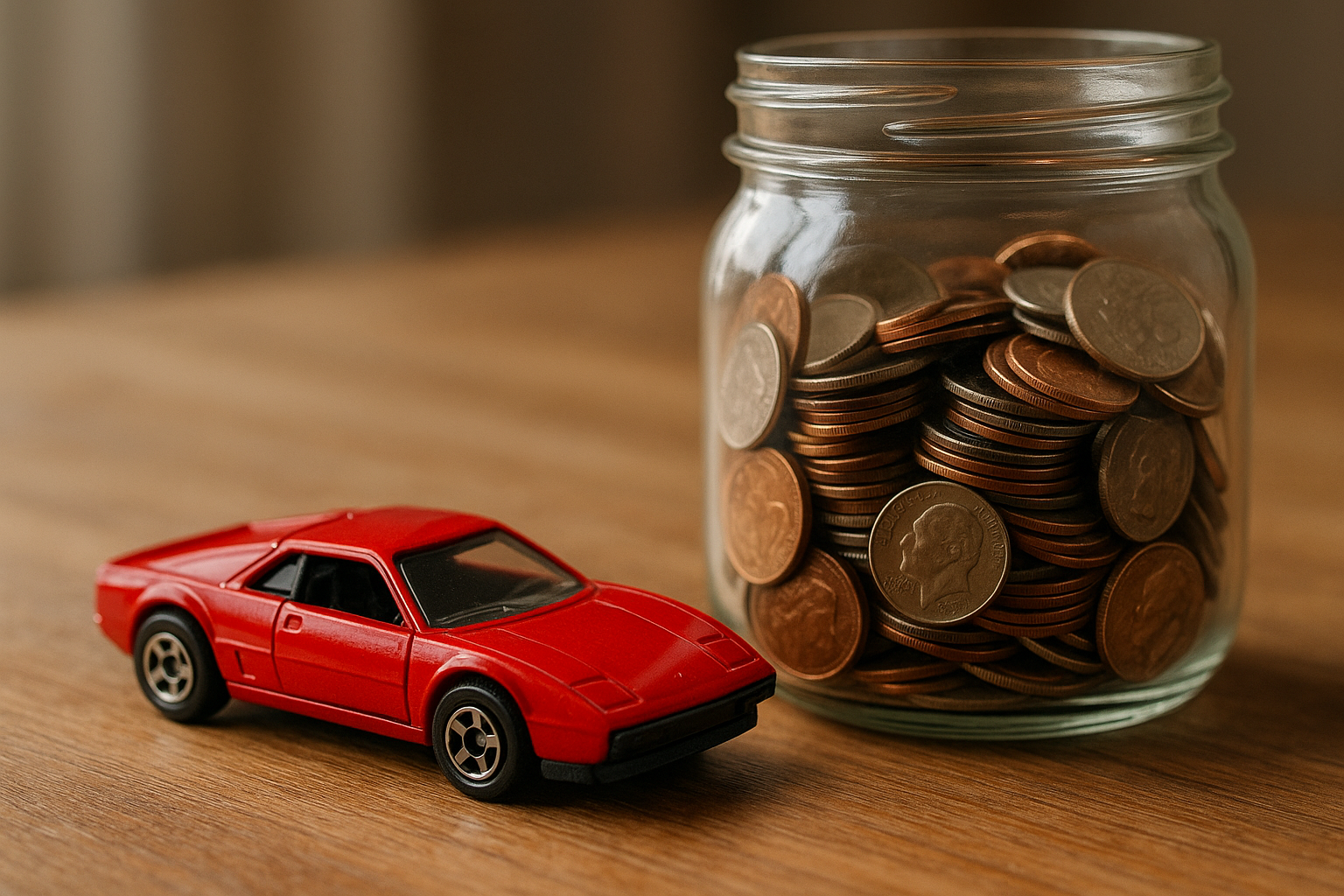
How a Car Payment Became a Smart Savings Strategy
When I landed my first full-time job, one of my first big purchases was a brand-new
Mitsubishi Eclipse GT. I loved that car—and with it came a five-year loan at $419 a month.
Like most people with a car loan, I quickly got used to budgeting for that payment every
month. It became part of my routine.
After five years, the loan was paid off. I could have treated that $419 as “extra” spending
money—but instead, I decided to keep making the “payments”, only to myself. I set up an
automatic monthly transfer of $419 into a high-yield savings account. Since I was already
accustomed to not having that money in my monthly budget, there was no impact on my
lifestyle.
That simple habit turned into something powerful.
Because the transfer was automatic, saving wasn’t a decision I had to make each month—
it became just another expected “expense.” I dedicated this savings account solely to car related needs. Originally, my goal was to save up enough over time to pay cash for my next
vehicle. What I didn’t expect was how much easier it made handling car maintenance and
unexpected repairs.
Suddenly, an oil change, new tires, or even a bigger repair like new shocks didn’t stress my
budget. I no longer had to juggle expenses or reach for a credit card when something went
wrong. Everything came out of the car account, and because the money was already set
aside, these issues became routine rather than stressful surprises.
The results were eye-opening.
Saving $419 a month added up to $5,028 a year—not including interest. Even after
subtracting $1,000 for maintenance costs, I was left with over $4,000 in cash in just one
year. That was a great feeling.
Four years later, it was time for a new vehicle. With a growing family (twins!), the Eclipse
was no longer practical. Thanks to my consistent monthly savings, I had built up more than
$17,000!—enough to purchase a gently used minivan entirely in cash.
The Takeaway for Savers
Small, consistent habits can turn into major financial wins over time. By continuing to
“make” a car payment even after my loan was paid off—and automating that savings—I
built a safety net that eliminated stress and gave me options.
Whether it’s saving for a car, a home repair fund, or another big goal, the principle is the
same: treat savings like a bill you pay yourself. Automate it. Keep it consistent. And watch it
grow.

